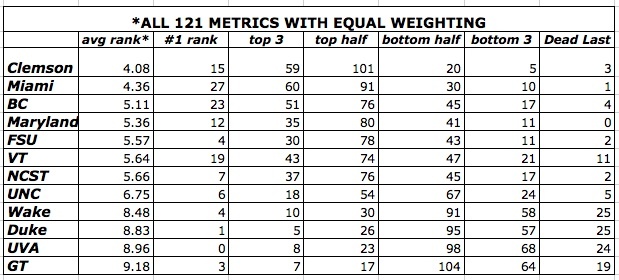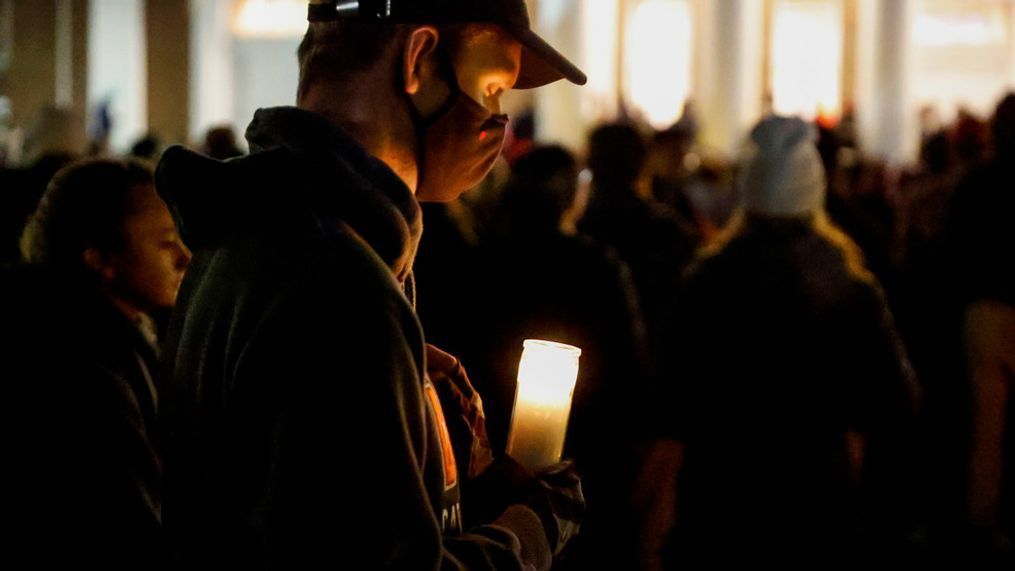A Unified Nordic Defense? Examining The Potential Of A Pan-Nordic Army

Table of Contents
The escalating geopolitical landscape in the Baltic region and beyond prompts crucial questions about regional security. Could a unified Nordic defense, a Pan-Nordic Army, be the answer to ensuring the collective security and stability of the Nordic nations? This article examines the potential benefits and challenges of such an ambitious undertaking.
<h2>Strategic Advantages of a Pan-Nordic Military Force</h2>
A Pan-Nordic Army offers several compelling strategic advantages that would significantly enhance the security posture of the Nordic region.
<h3>Enhanced Deterrence</h3>
A combined Nordic military would present a significantly stronger deterrent to potential aggressors than individual national forces. This enhanced deterrence stems from several key factors:
- Increased military capabilities: Pooling resources allows for a more potent military force with greater firepower and technological sophistication.
- Pooled resources: Combining budgets and assets allows for more efficient spending and acquisition of advanced weaponry and technology.
- Shared intelligence: A unified intelligence network would provide a more comprehensive and timely understanding of potential threats.
- Stronger defense posture: A unified front projects an image of strength and resolve, making aggression less likely.
The combined military strength of a Pan-Nordic Army would be far greater than the sum of its parts. Joint exercises and deployments would foster interoperability and enhance combat readiness. The psychological impact of a unified, powerful force on potential adversaries should not be underestimated; a strong deterrence strategy is crucial for regional security and defense cooperation.
<h3>Improved Resource Allocation and Efficiency</h3>
Pooling resources inherent in a Pan-Nordic Army would lead to significant economies of scale and more efficient use of defense budgets.
- Reduced redundancy: Eliminating duplication in equipment, training, and infrastructure would free up significant resources.
- Shared procurement: Joint purchasing of military equipment would leverage greater bargaining power and secure better prices.
- Specialized units: Countries could specialize in different areas, creating a more balanced and effective force, optimizing military expenditure.
- Cost savings: These combined factors would lead to substantial cost savings, allowing for investment in modernization and advanced technologies.
By sharing infrastructure, equipment, and training programs, a Pan-Nordic Army could achieve substantial cost savings while simultaneously improving the overall effectiveness of its military capabilities. Resource optimization is key to maximizing the impact of defense budgets.
<h3>Strengthened International Collaboration</h3>
A Pan-Nordic Army would significantly elevate the Nordic region's voice on the international stage, fostering stronger relationships with NATO and other key allies.
- Increased diplomatic influence: A unified military force carries greater weight in international discussions and negotiations.
- Joint operations with allies: Collaboration on joint operations would strengthen interoperability and enhance security partnerships.
- Enhanced security partnerships: A Pan-Nordic Army would provide a more solid foundation for increased cooperation with NATO and other international organizations.
Participation in international peacekeeping missions would become more effective and impactful. A unified approach to foreign policy, facilitated by a shared military structure, would enhance the Nordic region's standing in the international community, fostering international cooperation and solidifying military alliances.
<h2>Challenges and Obstacles to Implementing a Pan-Nordic Army</h2>
Despite the potential benefits, several significant challenges could hinder the creation of a Pan-Nordic Army.
<h3>National Sovereignty Concerns</h3>
Individual Nordic countries might be reluctant to cede control over their national defense forces, raising concerns about national sovereignty.
- Potential loss of autonomy: Some nations may view a unified army as a threat to their national identity and independence.
- Political sensitivities: The issue of national sovereignty is deeply ingrained in Nordic political culture.
- Differing national priorities: Individual nations might have different priorities and perspectives on defense policy, which would require careful negotiation and compromise.
The historical context of Nordic neutrality and independence must be carefully considered. Overcoming the political sensitivities surrounding national sovereignty will require extensive dialogue and a clear demonstration that a Pan-Nordic Army serves the interests of all member nations. Maintaining political autonomy while benefiting from enhanced security is a delicate balancing act.
<h3>Differing Military Doctrines and Capabilities</h3>
Harmonizing disparate military structures, equipment, and training standards would be a complex and costly undertaking.
- Standardization challenges: Integrating different weapon systems, communication protocols, and logistical processes would require significant effort.
- Interoperability issues: Ensuring seamless cooperation between different national forces would be essential.
- Personnel integration: Harmonizing personnel policies, ranks, and pay scales would be a complex undertaking.
The practical challenges of military standardization and interoperability cannot be ignored. Significant investment in harmonization efforts would be required to achieve seamless integration and ensure effective military integration.
<h3>Public Opinion and Political Will</h3>
Securing broad public and political support for such a significant shift in Nordic defense policy would be crucial.
- Public perception of defense spending: Public support hinges on a clear understanding of the benefits and costs associated with a Pan-Nordic Army.
- Political opposition: Political parties with differing views on defense policy could create significant obstacles.
- Need for public engagement: A comprehensive public engagement strategy is necessary to build consensus and support.
Building political consensus requires a well-structured public engagement campaign to articulate the benefits clearly. Addressing public concerns about defense policy and fostering public opinion in favor of such a dramatic shift will be critical to the success of a Pan-Nordic Army.
<h2>Conclusion</h2>
The creation of a Pan-Nordic Army presents both significant opportunities and considerable challenges. While a unified defense force could offer enhanced deterrence, improved resource allocation, and strengthened international collaboration, concerns about national sovereignty, differing military doctrines, and public opinion need careful consideration. The potential benefits of a Pan-Nordic Army are considerable, but success hinges on overcoming these obstacles through open dialogue, strategic planning, and strong political will. Further research and discussion on the feasibility of a Pan-Nordic Army are vital to assess its long-term viability and potential contribution to regional security. The future of Nordic defense might well depend on the success of these crucial considerations of a Pan-Nordic Army. Let's continue the conversation about the possibilities and challenges of a Pan-Nordic Army.

Featured Posts
-
 Analyzing The Pan Nordic Defense Force Strengths And Weaknesses
Apr 22, 2025
Analyzing The Pan Nordic Defense Force Strengths And Weaknesses
Apr 22, 2025 -
 The Fsu Security Breach And The Lingering Fear Among Students
Apr 22, 2025
The Fsu Security Breach And The Lingering Fear Among Students
Apr 22, 2025 -
 Fsus Decision To Resume Classes Following Deadly Shooting Too Soon
Apr 22, 2025
Fsus Decision To Resume Classes Following Deadly Shooting Too Soon
Apr 22, 2025 -
 Robotic Limitations In Nike Sneaker Manufacturing Challenges And Solutions
Apr 22, 2025
Robotic Limitations In Nike Sneaker Manufacturing Challenges And Solutions
Apr 22, 2025 -
 Russia Returns To Offensive In Ukraine After Easter Truce
Apr 22, 2025
Russia Returns To Offensive In Ukraine After Easter Truce
Apr 22, 2025
